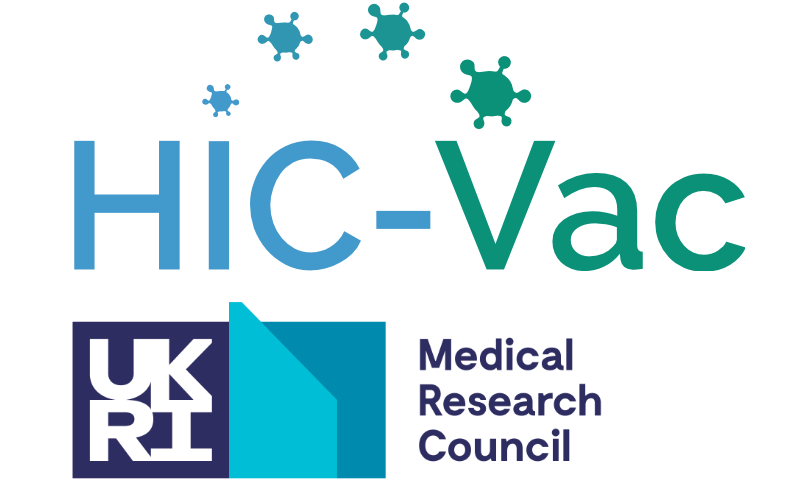Institute: University of Southampton
T cell responses following Neisseria lactamica colonisation

CC BY-SA 4.0
https://creativecommons.org/licenses/by-sa/4.0
Neisseria lactamica is ‘good bacteria’ that live in the nose and throat of young children. Its presence is associated with lower rates of disease caused by Neisseria meningitidis, ‘bad bacteria’ that cause severe meningitis and blood stream infections. In previous work, we showed that we could reduce the number of people carrying the bad bacteria by introducing the good bacteria harmlessly into their noses.
Although we do not yet understand the reason this phenomenon occurs, it is possible that immune responses mounted against the good bacteria interact with the bad bacteria and result in their eradication. Indeed, we recently demonstrated that introduction of the good bacteria into the noses of healthy adults resulted in the formation of immune responses that reacted with the bad bacteria. In addition, we found that the potency of these responses was enhanced by harmlessly genetically modifying the good bacteria so that it included a single structure of the bad bacteria on its surface.
Having established that colonisation with the good bacteria generates immune responses to the bad bacteria, we would now like to characterise these responses in more detail. Specifically, we want to assess a type of immune response called the ‘T cell’ response, which has been found to protect against colonisation with other bad bacteria. This work will provide insights into the immune mechanisms that protect against colonisation with bad bacteria and will lay the necessary foundations to develop and test future vaccines designed to specifically prevent colonisation with bad bacteria.
More about Dr Dale here.

